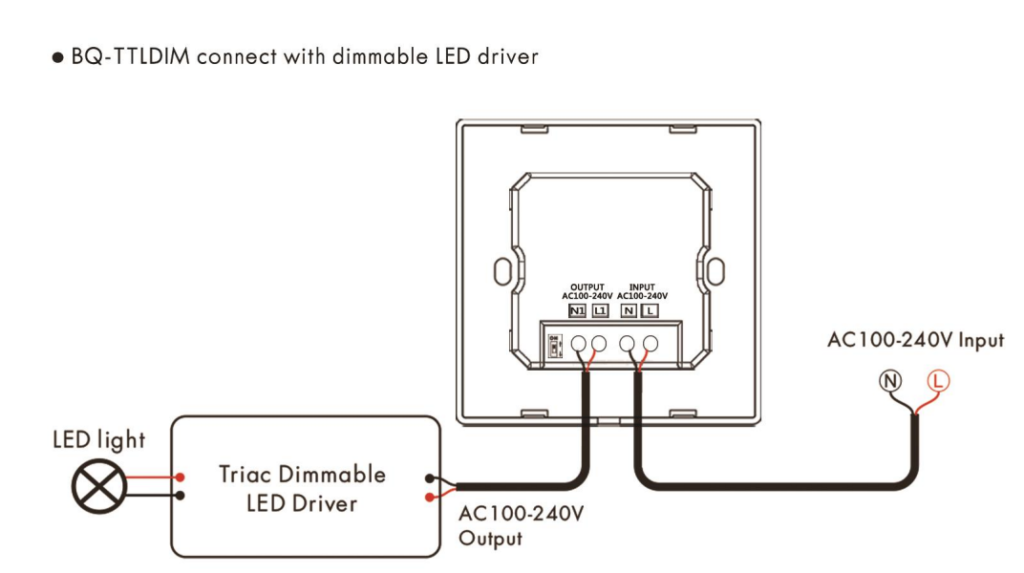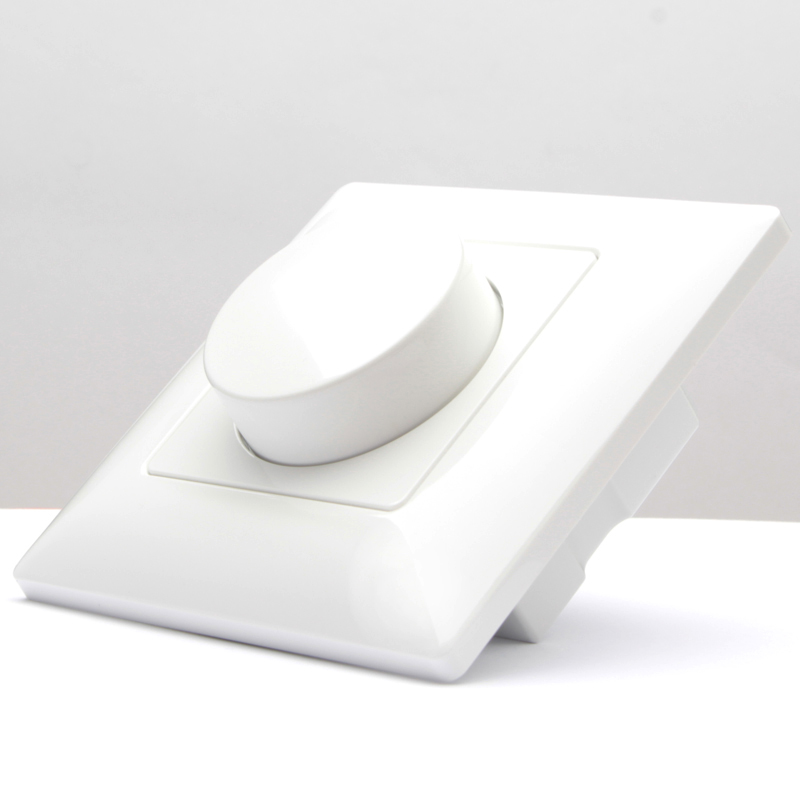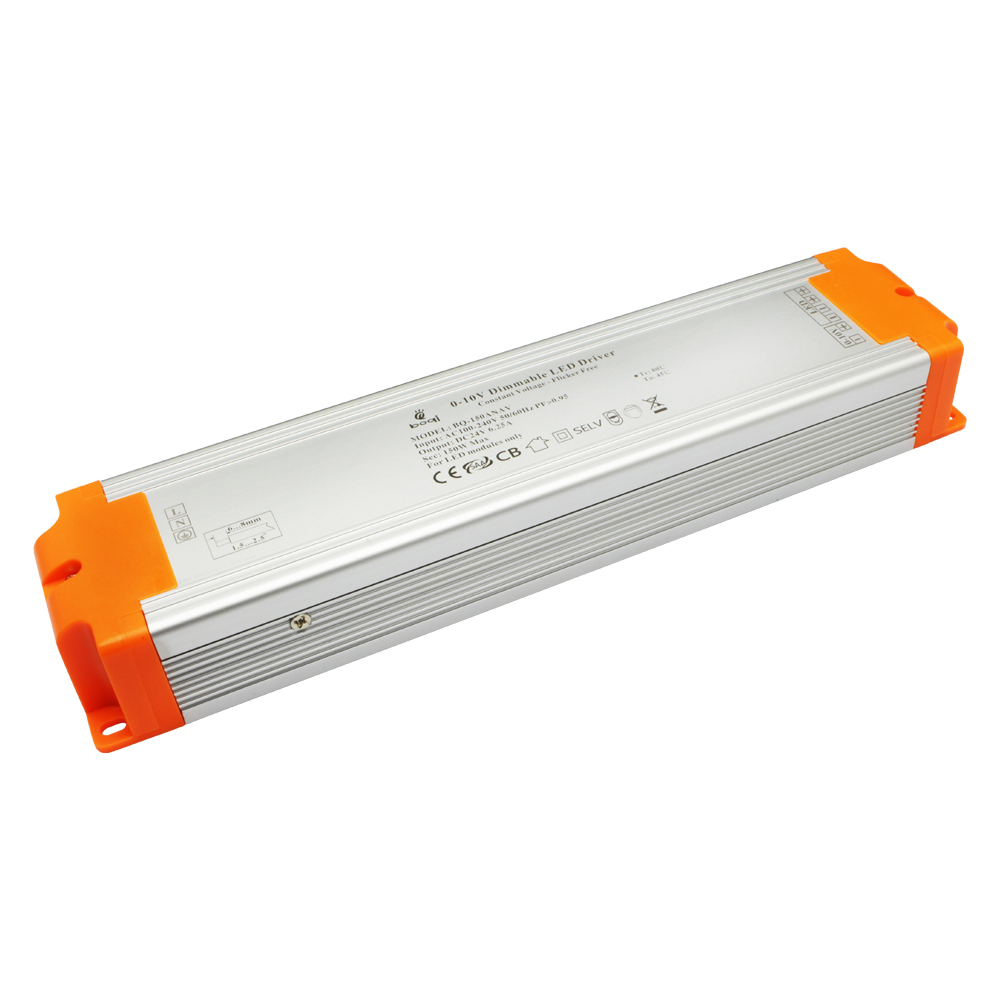
LED strips have become an integral part of modern lighting solutions, offering a blend of efficiency, versatility, and aesthetic appeal. One of the key features of LED strips is their ability to be dimmed, allowing for a customizable lighting experience. This article will guide you through the process of dimming LED strips, discussing the importance of using the correct power source and configuration, and exploring the different methods available.
Understanding LED Strips and Their Dimming Needs
LED strips are flexible circuits populated with light-emitting diodes (LEDs), providing a bright and efficient source of light. They are used in a variety of applications, from commercial settings to personal spaces, due to their flexibility and the quality of light they produce.

The Importance of Dimming
Dimming your LED strips is not just about creating the right ambiance or mood. It’s also about energy conservation and extending the lifespan of your LEDs. By reducing the brightness of your LED strips, you’re also reducing their energy consumption, leading to significant savings over time.
The Role of Power Source and Configuration
The power source and configuration play a crucial role in the dimming process. It’s important to use the correct power source and configuration to ensure the LED strip lights can be dimmed effectively.
Non-Dimmable Power Sources
Non-dimmable power sources are typically less expensive and easier to find. However, to dim LED strip lights using a non-dimmable power source, an additional controller is required. This controller is connected inline between the power source and the LED strip light, allowing for the adjustment of brightness.

Dimmable Power Sources
Dimmable power sources, on the other hand, are designed to work with dimmable LED strip lights. They provide a more seamless dimming experience but are usually more expensive than non-dimmable power sources.

Techniques for Dimming LED Strip Lights
There are several techniques for dimming LED strip lights, each with its own set of advantages and disadvantages. The two main methods involve using a non-dimmable light source or a dimmable driver.
Using a Non-Dimmable Light Source
This method is straightforward and does not require any additional wiring. Dimming is achieved on the DC side of the driver using a controller connected inline between the driver and the LED strip light. The controller allows for the adjustment of brightness, providing a range from 0-100% with no discernible flicker.
Pros and Cons
While this method is cost-effective and easy to implement, it does require the use of a controller. This may not be ideal for those who prefer a more streamlined setup.

Using a Dimmable Driver
Dimmable drivers offer a more integrated solution for dimming LED strip lights. There are two types of dimmable drivers: phase-cut dimmable LED drivers and signal input dimmable drivers.
Phase-Cut Dimmable LED Drivers
Phase-cut or Triac dimmable drivers are typically used with a standard wallplate dimmer module. This method allows for a wide range of brightness levels but can be more expensive and complex to install.

Signal Input Dimmable Drivers
Signal input dimmable drivers use an extra pair of wires to carry the dimming signal. This method is more affordable and offers a versatile design with several home automation integrations. However, it may not be compatible with existing systems as an additional pair of signal wires must be installed.

The Process of Dimming LED Strip Lights
Now that we’ve covered the basics, let’s dive into the step-by-step process of dimming LED strip lights.
Step-by-Step Guide to Dimming
Preparing Your LED Strip Lights
Before you begin, ensure your LED strip lights are compatible with the dimming method you’ve chosen. You’ll also need to ensure your power source is correctly configured.


Adjusting the Brightness
Once everything is set up, you can begin adjusting the brightness of your LED strip lights. If you’re using a controller or a dimmable driver, simply adjust the settings until you achieve your desired level of brightness.

Advantages and Disadvantages
The main advantage of using a dimmable driver is the high-quality dimming and the level of control it offers. However, this method may be more expensive and may require more complex installation.
Choosing the Right Method for Your Needs
Your choice between a non-dimmable light source and a dimmable driver may be dictated by your budget and installation constraints.

Budget Considerations
If budget is a concern, using a non-dimmable light source may be the most cost-effective solution. However, if you’re willing to invest a bit more for better control and quality of dimming, a dimmable driver would be the better choice.
Installation Constraints
If you’re dealing with installation constraints, you’ll also need to consider whether you have the ability to install additional wires (as required for signal input dimmable drivers), or if you prefer a simpler setup (as offered by non-dimmable light sources with an inline controller).
System Compatibility
When selecting a method, it’s also important to consider your existing systems. If you’re integrating your LED strip lights into a larger home automation system, you’ll need to choose a dimming method that is compatible. Signal input dimmable drivers, for example, offer various options for home automation integration.
Slutsats
Dimming LED strip lights can transform your lighting experience, creating a versatile and dynamic environment. The choice between a non-dimmable light source and a dimmable driver largely depends on your budget, installation abilities, and system compatibility. While the process may seem complex at first, understanding the principles of dimming and the role of power sources can simplify the task and lead to a successful setup.
VANLIGA FRÅGOR
What is the importance of dimming LED strips?
Dimming LED strips is important for creating the right ambiance, conserving energy, and extending the lifespan of the LEDs.
What are the methods to dim LED strips?
The methods to dim LED strips include using a non-dimmable light source and using a dimmable driver.
What are the advantages of using a non-dimmable light source?
The main advantage of using a non-dimmable light source is its simplicity and cost-effectiveness.
What are the advantages of using a dimmable driver?
The main advantage of using a dimmable driver is the high-quality dimming and the level of control it offers.
How do I choose the right method for my needs?
Your choice between a non-dimmable light source and a dimmable driver may be dictated by your budget and installation constraints.











